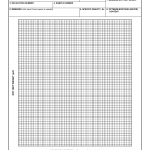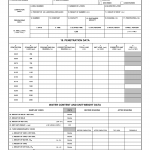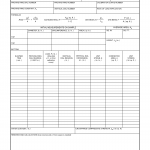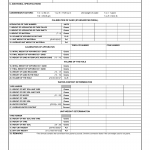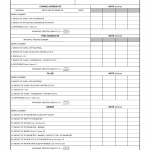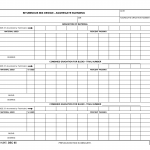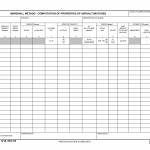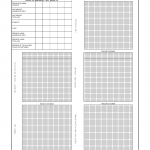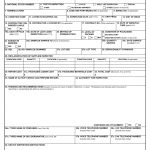DD Form 1210. Laboratory Compaction Characteristics of Soil (Compaction Test)
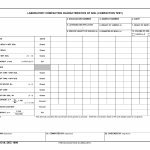
DD Form 1210 - Laboratory Compaction Characteristics of Soil (Compaction Test) is used to record the results of laboratory compaction tests conducted on soil samples. The form captures essential data for assessing the soil's compaction properties.
The form consists of sections where users can document details about the soil sample, test type, moisture content, dry weight of soil, and number of blows required for compaction. It includes spaces to record the compaction curve, moisture-density relationship, and other relevant information.

